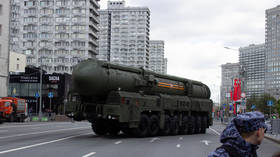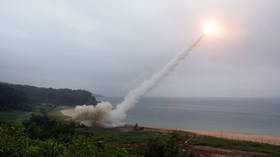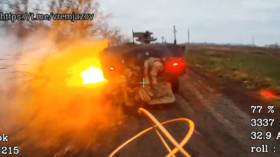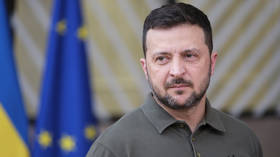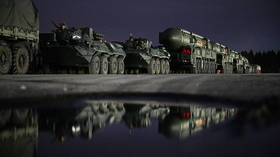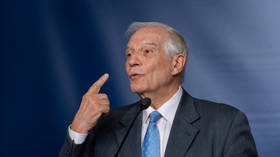Unmanned, not untested: FAA unveils 2 drone programs to gauge UAV use
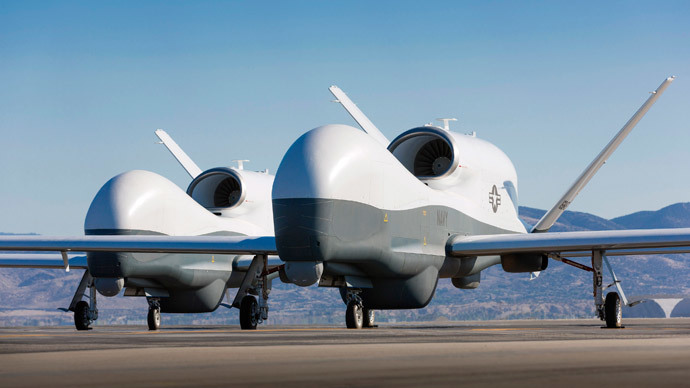
The Federal Aviation Administration is testing the skies with more drones. It has allowed three private companies to fly UAVs on data gathering missions and is launching an application that would tell amateur drone operators how not to break the law.
At a UAV conference in Atlanta, Georgia, on Wednesday, FAA
Director Michael Huerta announced that his office has begun
partnerships with three private sector companies who will soon
fly drone missions with the agency’s approval.
According to Huerta, the launching of the FAA’s Pathfinder
Program will give government regulators an idea of what to expect
as drones become more prevalent in US airspace. CNN will test the
use of UAVs in news gathering purposes, PrecisionHawk, a North
Carolina-based manufacturer, will test drones with regard to
surveying crop fields and BNSF Railroad will examine how unmanned
aircraft may be used to inspect infrastructure in isolated areas.
“We anticipate receiving valuable data from each of these
trials that could result in FAA-approved operations in the next
few years. They will also give insight into how unmanned aircraft
can be used to transform the way certain industries do business –
whether that means making sure trains run on time, checking on
the health of crops or reporting on a natural disaster,”
Huerta said.
Admin. Huerta: “Pathfinder Program will harness the energy around the unmanned aircraft industry” #faaUAS#Unmanned15
— The FAA (@FAANews) May 6, 2015
“Government has some the best and brightest minds in
aviation, but we can’t operate in a vacuum,” US
Transportation Secretary Anthony Foxx added in a statement.
“This is a big job, and we’ll get to our goal of safe,
widespread UAS integration more quickly by leveraging the
resources and expertise of the industry.”
Additionally, Huerta announced at the Association for Unmanned
Vehicle Systems International’s conference this week that the FAA
is rolling-out a new smartphone application that gives users the
ability to check on whether or not they’re near restricted
airspace.
Crop monitoring to blossom with #faaUAS@PrecisionHawk UAS Pathfinder Program #Unmanned15pic.twitter.com/WcN1GSAfOa
— The FAA (@FAANews) May 6, 2015
“Technology has made it so that almost anyone can operate an
unmanned vehicle without any prior aviation experience. At the
same time, technology also provides us with an opportunity – to
give these users the tools and knowledge they need to operate
safely before they fly,” he said.
To fly or not to fly? That is the law
The “B4UFLY” app, which the FAA plans to have made available to
around 1,000 beta testers with Apple devices by this summer, is a
“simple, easy-to-use app that answers a very basic safety
question: is it safe and legal to fly my unmanned aircraft at a
particular location?” Huerta said.
“That’s a knowledge gap we need to fill. The United States
has the most complicated airspace in the world. We need to make
sure hobbyists and modelers know where it’s okay to fly and where
it isn’t okay to fly – because there can be very real
consequences if you don’t,” he added, highlighting later a
recent security concern involving a drone that unfolded at the
White House.
In January, a man borrowed a quadcopter hobbyist drone and was
controlling it from his Washington, DC apartment when he
apparently lost control of the aircraft. It was later discovered
on the grounds of the White House, raising concerns about air
safety in the nation’s capital. Months later, those concerns were
amplified when a Florida man flew a one-person gyrocopter from
Pennsylvania to DC and landed on the National Mall as a means of
protesting the Supreme Court’s decision in the landmark Citizens
United campaign finance case.


